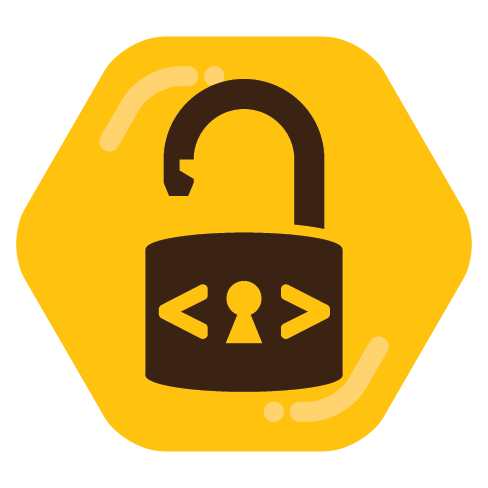- 0 Posts
- 1 Comment
Joined 2 years ago
Cake day: April 2nd, 2024
You are not logged in. If you use a Fediverse account that is able to follow users, you can follow this user.

 5·9 months ago
5·9 months agodeleted by creator

 2·9 months ago
2·9 months agodeleted by creator

 2·9 months ago
2·9 months agodeleted by creator

 111·9 months ago
111·9 months agodeleted by creator

 41·9 months ago
41·9 months agodeleted by creator

 151·9 months ago
151·9 months agodeleted by creator

 2·9 months ago
2·9 months agodeleted by creator

 2·9 months ago
2·9 months agodeleted by creator


This is really awesome. I super regret giving away my old Game Boy Color 10+ years ago